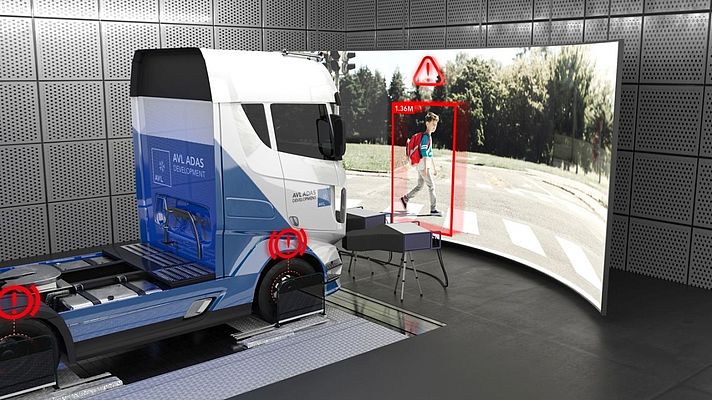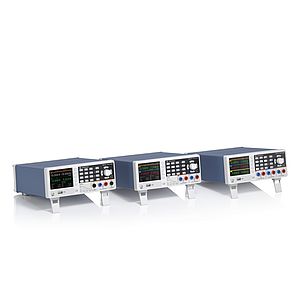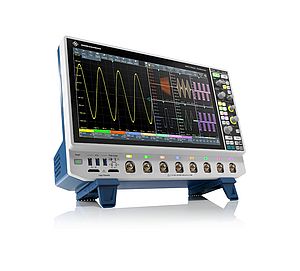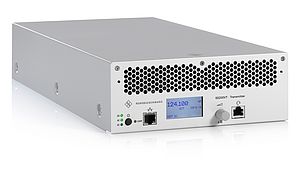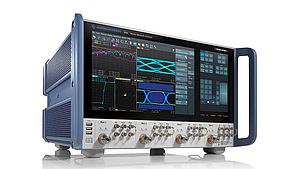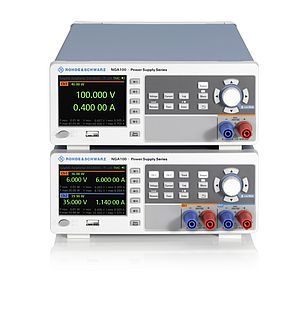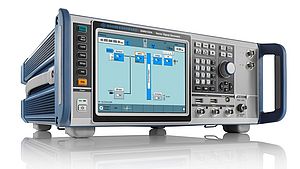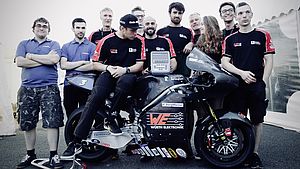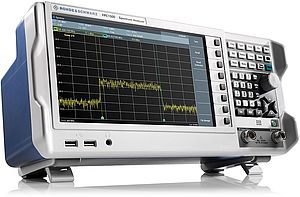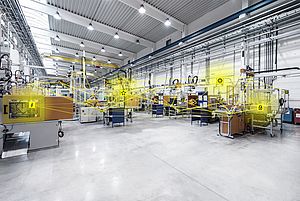Rohde & Schwarz and AVL have intensified their collaboration with the integration of a Rohde & Schwarz radar test system into the AVL DRIVINGCUBE™ toolchain.
The AVL DRIVINGCUBE
Conducting validation test on roads on complex advanced driver assistance systems (ADAS) and automated driving (AD) functions such as emergency braking, adaptive cruise control and highway chauffeur in all possible conditions requires huge amounts of functional and non-functional validation is at best very risky, at worse simply not feasible.
The AVL DRIVINGCUBE™ is an example of virtualised test method that uses an X-in-the-loop (XIL) approach. It combines both simulation and real vehicles on a chassis dynamometer and powertrain testbed. The key concept of this solution is operating the real vehicle in a virtual environment, rendering the "sense, plan, act" chain with built-in sensors which requires cutting-edge simulation technology.
Re-collaborating
After a prior collaboration on GNSS Smulation, AVL and Rohde & Schwarz are now collaborating to integrate the radar target simulation into the AVL DRIVINGCUBE™. This opens up new possibilities in ADAS and AD testing.
Innovative antenna array technology allows complex artificial objects to be generated for the radar sensors at variable distances and with variable radial velocity, size and azimuth – without physically moving antennas or devices. A responsive real-time interface and seamless integration into AVL's virtual testing toolchain allow even challenging, complex and risky driving scenarios to be generated and tested.
The system is fully future-proof thanks to a modular and scalable concept. This means that the same test bed can be used for tests of all types of vehicles with a different number of radar sensors and various sensor variants. The solution is used for the validation and application of adaptive cruise control (ACC), lane keeping assist (LKA) and other ADAS or AD functions. Furthermore, Euro NCAP scenarios can be validated in a reproducible and safe environment.


